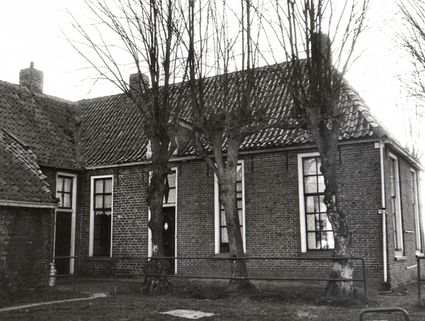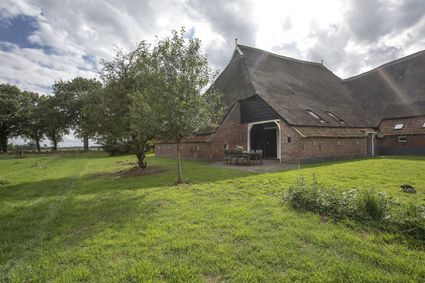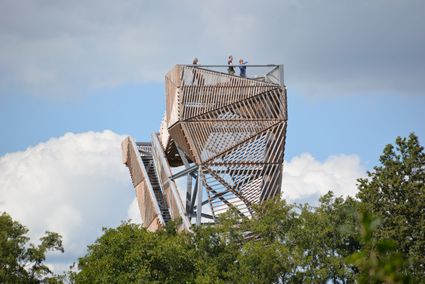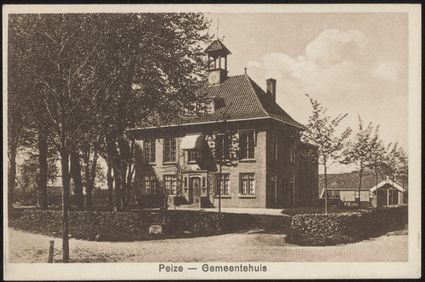Hike
12 km
The north of Drenthe, sandwiched between the provincial borders of Groningen is a great place for hiking. The De Horst trail will take you past wonderful buildings, as you make your way from Peize to De Horst and Eelde, before walking back through the countryside.
This 10-kilometre trail is named after the village De Horst, situated between Peize and Eelde. For a delicious snack or a refreshing drink during your hike, you will find plenty of opportunities at the start and end of the trail in Peize.
On this trail, you will come across many wonderful buil…
The north of Drenthe, sandwiched between the provincial borders of Groningen is a great place for hiking. The De Horst trail will take you past wonderful buildings, as you make your way from Peize to De Horst and Eelde, before walking back through the countryside.
This 10-kilometre trail is named after the village De Horst, situated between Peize and Eelde. For a delicious snack or a refreshing drink during your hike, you will find plenty of opportunities at the start and end of the trail in Peize.
On this trail, you will come across many wonderful buildings. In Peize, you will start near the former location of Huis te Peize, one of Drenthe’s largest manors. Passing by various lovely farms, you will leave the village and make your way to De Horst, revelling in farms small and large, as well as beautiful views. Take a quick break outside Huis ter Hansouwe, the only remaining medieval stone house in Drenthe.
When you reach the outskirts of Eelde, you may be tempted to visit the open farm ‘t Hoogeveld. For a chance to marvel at views slightly higher up, you can also go to bird paradise ‘De Onlanden’, which has a special watchtower with several levels that each offer a different view of the surrounding area. From this watchtower, you can spot birds, as well as the Exmoor ponies that live in ‘De Onlanden’ and the skyline of the city of Groningen. Back on terra firma, continue the trail towards Peize.
In Peize, you will find yourself passing the church and the former town hall. The Paiser Meul corn mill towers above the houses. A narrow footpath behind the houses takes you back to the starting point.


Hoofdstraat 50
9321 CG Peize
Navigate to starting point







The Paiser Meul mill is located in the quaint centre of the village of Peize. The mill’s ground floor houses a bakery shop. Appropriately so, in view of the fact that the mill’s construction was commissioned by bakers and farmers in Peize towards the
